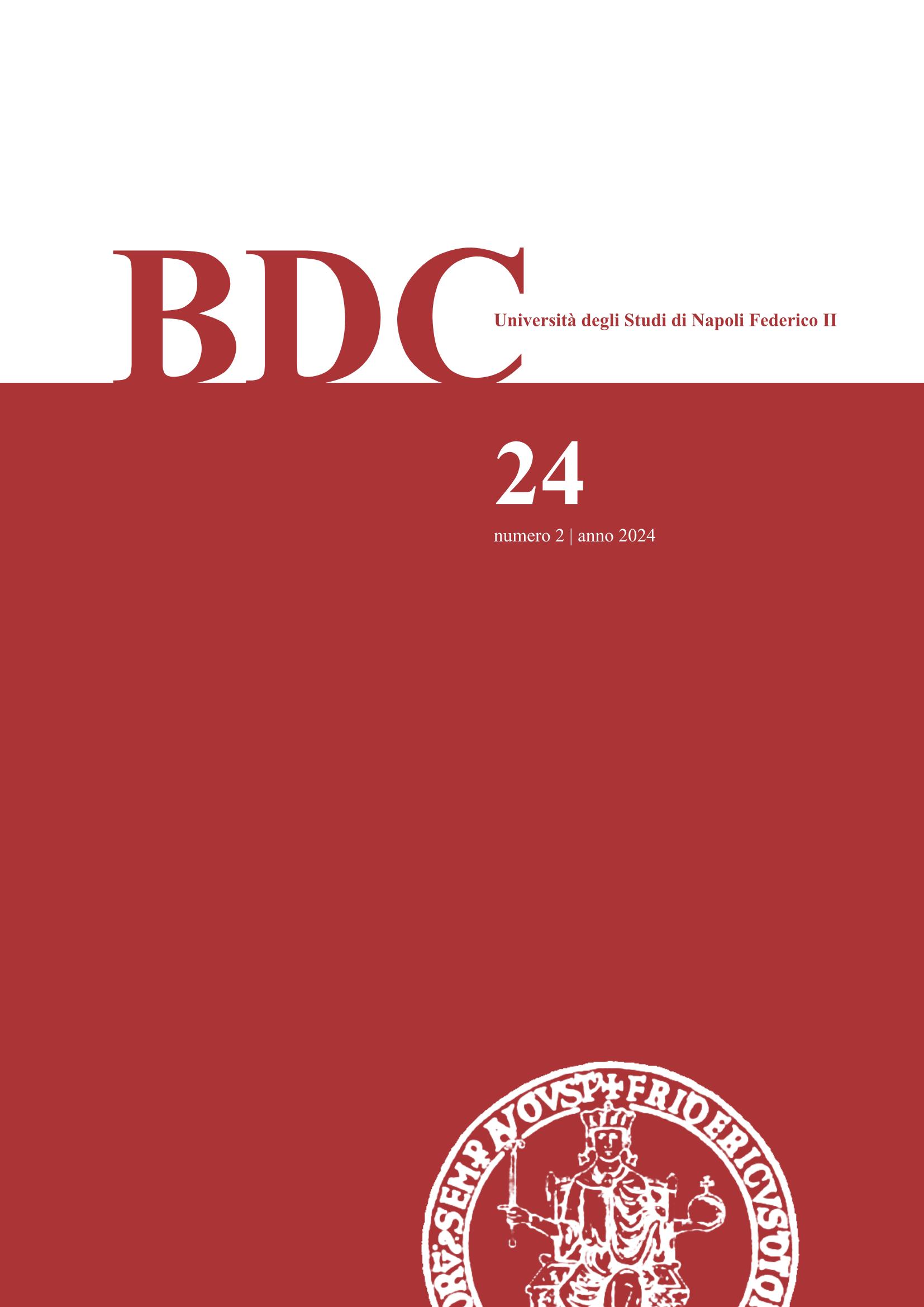Co-design proximity: beyond the participation process
Abstract
Co-progettare prossimità: oltre il processo partecipativo
Il co-design, o progettazione partecipativa, è ormai riconosciuto come un approccio essenziale nella pianificazione urbana, valorizzando la partecipazione attiva di tutti gli stakeholder lungo l’intero processo progettuale. Elemento centrale del co-design è il concetto di prossimità, che non si limita alla mera vicinanza fisica, ma include anche dimensioni culturali, sociali ed emotive. Questi aspetti sono fondamentali per comprendere e soddisfare appieno le esigenze degli utenti (Sanders e Stappers, 2008). La prossimità permette ai progettisti urbani di instaurare un dialogo profondo con il contesto di riferimento, favorendo
la creazione di spazi che riflettano e valorizzino le identità locali (Manzini, 2015).
Questo studio analizza il processo di co-design applicato alla rigenerazione dell'ex Fiera di Roma, presentando le idee progettuali sviluppate nell’ambito dei Corsi di “Urbanistica” 2022-24 e “Spazi pubblici e prossimità” tenuti presso il Dipartimento DICEA-Sapienza Università di Roma. L’obiettivo è valutare l’efficacia di queste proposte nel promuovere il concetto di prossimità. Inoltre, lo studio illustra i Principles of Proximity Neighborhoods, uno strumento flessibile concepito per garantire soluzioni progettuali inclusive, adattabili e coerenti con l’identità locale, in linea con la natura dinamica del co-design.
Parole chiave: rigenerazione urbana, spazi pubblici, co-design, prossimità, flessibilità
Downloads
Copyright (c) 2024 BDC. Bollettino Del Centro Calza Bini

This work is licensed under a Creative Commons Attribution 4.0 International License.
